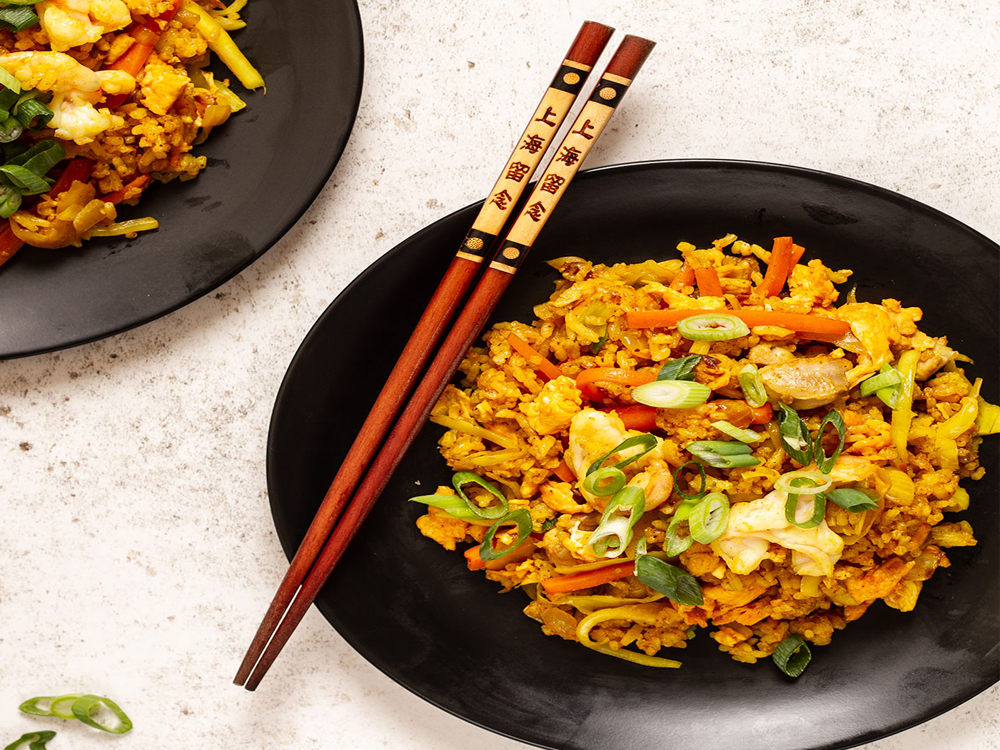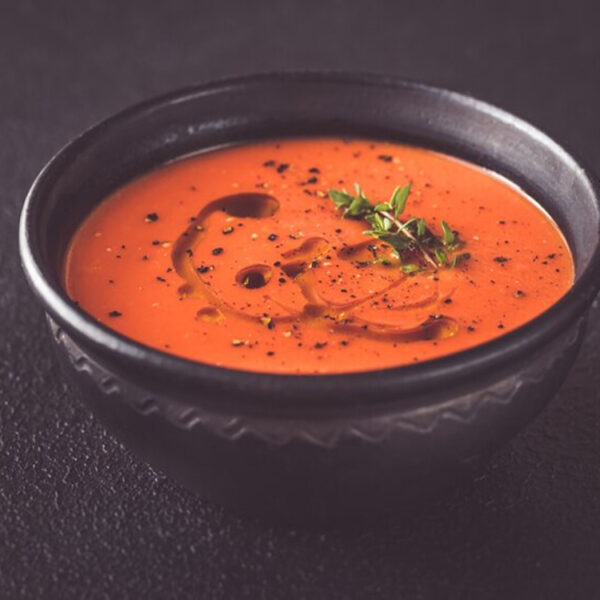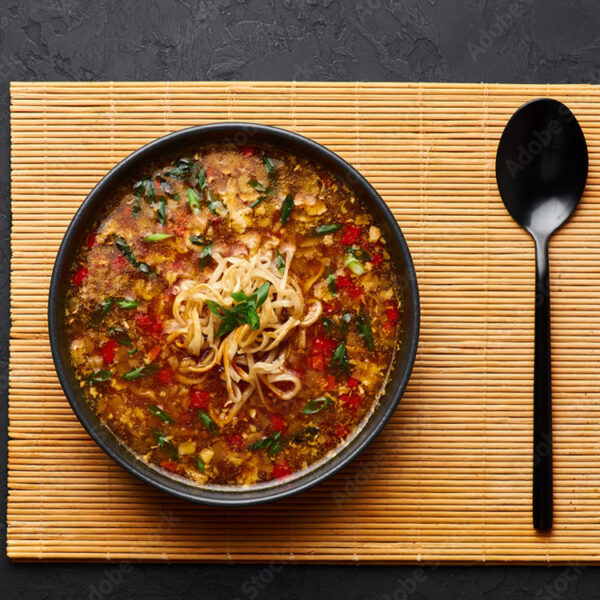Description
The nutritional value of Singapore fried rice can vary based on the specific ingredients and cooking methods used. Here’s a general breakdown of the key nutritional components:
- Carbohydrates: The primary source of carbohydrates in Singapore fried rice is the rice itself. The exact amount will depend on the quantity and type of rice used. Rice is a good source of energy and provides essential nutrients like fiber and some vitamins and minerals.
- Protein: The protein content in Singapore fried rice can vary depending on the protein sources used. Common options include chicken, shrimp, pork, tofu, or eggs. These ingredients can contribute to the overall protein content of the dish. Protein is essential for building and repairing tissues and is a crucial component of a balanced diet.
- Fat: The fat content in Singapore fried rice comes from several sources, including cooking oil and any fats present in the protein sources used. The type and amount of oil used can affect the fat content. While fat is a necessary component of a healthy diet, it’s important to be mindful of the quantity consumed, as excessive intake of unhealthy fats can contribute to health issues.
- Fiber: The presence of vegetables like carrots, peas, bell peppers, and onions in Singapore fried rice adds dietary fiber to the dish. Fiber aids in digestion, helps regulate blood sugar levels, and promotes a feeling of fullness. The specific fiber content will depend on the types and quantities of vegetables used.
- Vitamins and Minerals: Singapore fried rice can provide a range of vitamins and minerals, primarily from the vegetables included in the dish. These can include vitamins A, C, and K, as well as various minerals like potassium and magnesium. The specific nutrient content will depend on the types and quantities of vegetables used.
It’s worth noting that the nutritional values can vary significantly depending on the specific recipe and the choices made during the cooking process. To make a healthier version of Singapore fried rice, you can opt for whole grain rice, increase the proportion of vegetables, choose lean protein sources, and minimize the use of oil and sodium-rich sauces.






Reviews
There are no reviews yet.